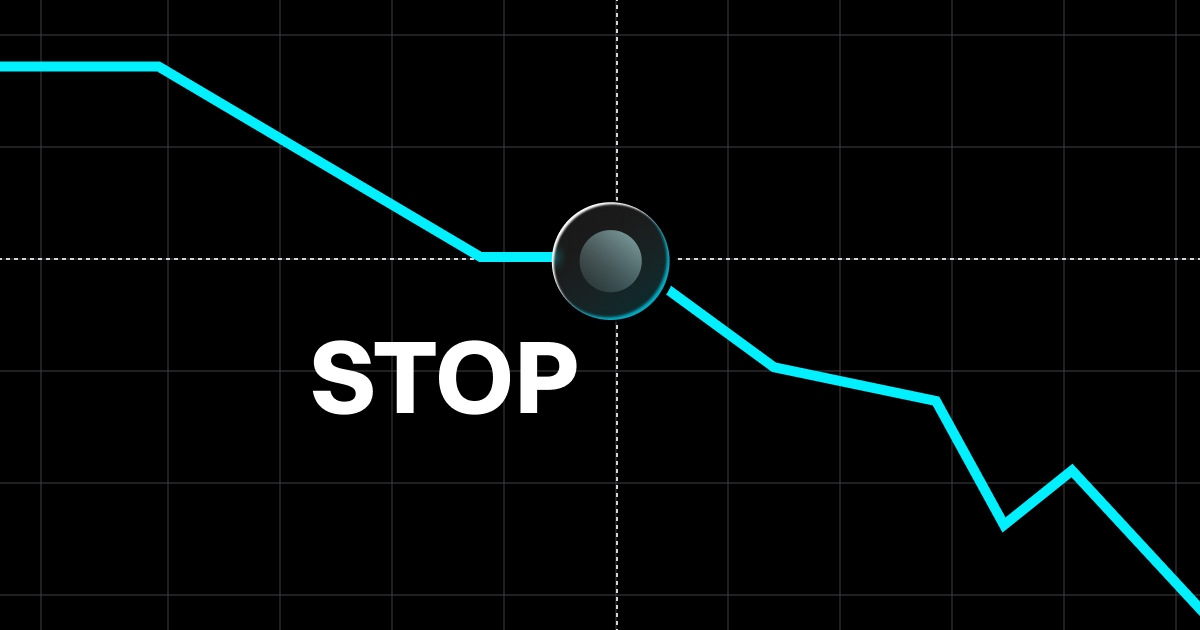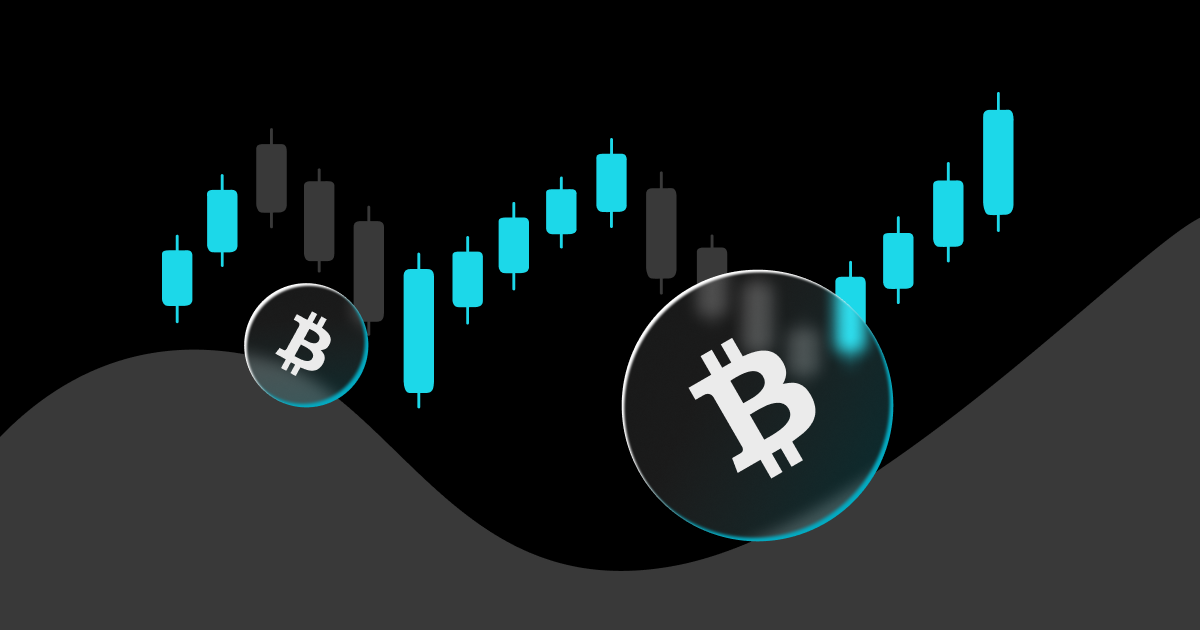
Stop or Stop-Limit? Trade Smarter, Not Riskier
Navigating crypto orders can feel like decoding a puzzle. Let's sharpen your skills by clearly distinguishing the difference between stop and stop limit orders—two crucial tools every crypto trader should master.
Stop Order (Think: Immediate Protection)
A stop order (also known as stop-loss) is your crypto guardian angel. It triggers automatically, executing a market order when your crypto hits a predetermined price. Once that threshold is reached, it swiftly sells at the best available price. Simple, right?
Example: Say you've got Bitcoin chilling at $80,000. You're nervous it'll dip hard, so you place a stop order at $78,000. Bitcoin slips to your trigger—boom!—your BTC sells instantly at the next available price, safeguarding your holdings even if the exact selling price isn't guaranteed.
Stop-Limit Order (Think: Precision Play)
Now, a stop-limit order is more selective. It combines two steps: the stop price (the trigger) and the limit price (the exact boundary you set for execution). It triggers when your crypto hits the stop price, then converts to a limit order—only executing if the price stays within your limit range.
Example: Bitcoin again at $80,000. You set a stop-limit with a trigger at $78,000 and limit at $77,800. Bitcoin touches $78,000, turning your order into a limit sell. But here's the catch—your BTC only sells if the price stays at or above $77,800. If the market dives straight below $77,800, your BTC remains unsold, waiting for prices to climb back up.

On Bitget, the Stop-Limit is shown under [Trigger] order type. Source: Bitget Spot Trading
Stop Market Order vs Stop Limit Order: Sharp Differences You Must Know
Each order type has its edge, but using the wrong one at the wrong time can tank your trade. Let’s break down the core differences so you’re never caught off guard.
| Order Type |
Execution Speed |
Control |
Risk vs. Certainty |
| Stop orders |
Execute immediately once triggered—fast, but price isn't guaranteed. |
Give less price control; think rapid-fire execution. |
Better in volatile situations where execution matters more than exact price. |
| Stop-limit orders |
Ensure exact pricing, but risk no execution if markets move too quickly. |
Offer precise price control, ideal for measured trades. |
Perfect if you're set on a specific selling price but can afford to wait or potentially miss execution. |
Quick decision guide:
● Go for Stop Orders if market volatility worries you and swift execution is key.
● Choose Stop-Limit Orders if you have specific price targets and prefer precision over guaranteed execution.
Mastering these nuances will elevate your crypto trading game. Pick your orders wisely and trade sharper.
Common Mistakes to Avoid
Even the smartest traders can trip up if they misuse stop or stop-limit orders. Here are some pitfalls to watch out for, and how to dodge them. By spotting these common slip-ups early, you'll build a deeper instinct for when and how to use stop and stop-limit orders effectively.
Setting Stop Prices Too Tight
It's tempting to set a stop order just a few dollars below the current price, thinking you're adding quick protection. But in reality, normal market fluctuations can trigger your stop prematurely, selling you out of a position you might have wanted to hold.
Tip: Give your stop order some breathing room based on the asset's typical volatility. Look at recent price swings before deciding how close your stop should be.
Underestimating Slippage with Stop Orders
Stop orders promise fast execution, but they don't promise the price you see. Especially in fast-moving or thinly traded markets, your crypto could sell far lower than your stop price—a phenomenon known as "slippage."
Tip: In highly volatile markets, consider using a stop-limit order instead if getting an exact price matters more than instant exit.
Being Too Rigid with Stop-Limit Orders
While stop-limit orders give you more control over price, they come with a serious risk: if the market falls too fast and skips over your limit price, your order won't fill at all. You might end up holding a falling asset simply because your limit was too tight.
Tip: When using stop-limit orders, set a reasonable gap between your stop and limit prices. This increases the chances of getting executed while still protecting your ideal price range.
Ignoring Market Conditions
Different market environments require different strategies. A stop-limit might work beautifully during calm or trending markets but fail miserably during chaotic flash crashes. Likewise, a simple stop order might trigger at undesirable prices if used in a low-liquidity market.
Tip: Always match your order type to the market's personality. In fast-moving markets, speed (stop order) might save you more than price precision. In steady conditions, precision (stop-limit) can protect your profits.
Quick Golden Rule
Before placing any stop or stop-limit order, ask yourself:
"Am I prioritising execution speed or price precision in this situation?"
Your answer will lead you to the right tool—and keep you from falling into common traps.
Final Thoughts
Understanding the difference between stop and stop limit orders isn't just about knowing definitions. Rather than that, it's about making smarter moves in a volatile crypto market. Whether you're chasing gains or protecting downside, knowing when to use each order type gives you the edge. Stay sharp, stay informed, and let your trades reflect your strategy.

- Not All Tokens Are the Same: NFTs vs SFTs vs SBTs2025-04-24 | 5m
- Understanding the Stock-to-Flow Model: Scarcity Drives Value2025-04-22 | 5m


